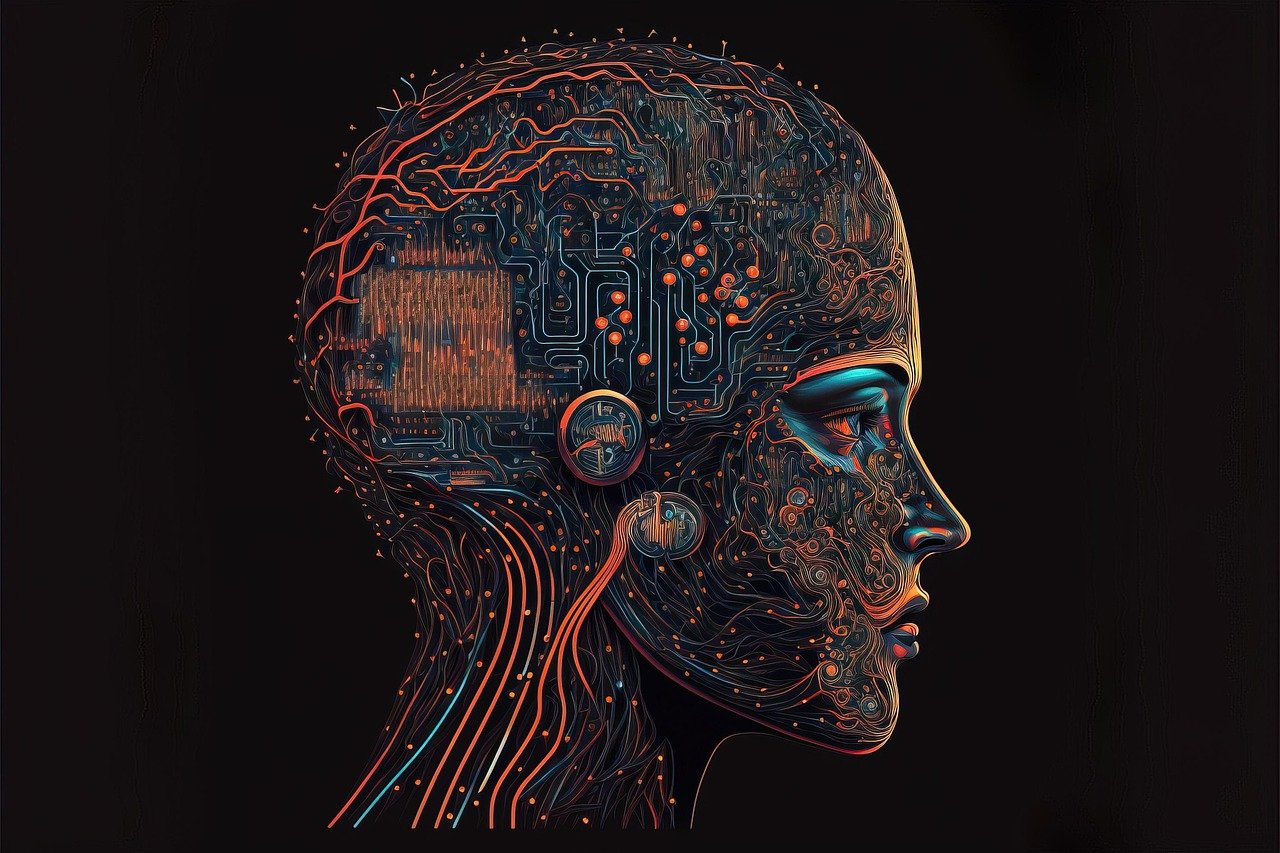Chatbots are revolutionizing the way businesses interact with their customers. From answering simple questions to processing complex orders, these AI-powered assistants are becoming an integral part of modern customer service strategies. This comprehensive guide will explore the world of chatbots, covering their benefits, types, implementation, and future trends, providing you with the knowledge to leverage this technology effectively.
Understanding Chatbots: What They Are and How They Work
Defining Chatbots
Chatbots are computer programs designed to simulate conversations with human users, primarily over the internet. They leverage Natural Language Processing (NLP), Machine Learning (ML), and Artificial Intelligence (AI) to understand and respond to user queries in a natural and intuitive manner. They can be deployed on various platforms, including websites, messaging apps, and social media.
How Chatbots Work: The Technical Underpinnings
At their core, chatbots operate by analyzing user input (text or voice) and matching it to pre-defined patterns or using AI models to understand the meaning. The process generally involves:
- Input Analysis: Parsing the user’s message to identify keywords, intent, and entities.
- Intent Recognition: Determining the user’s goal or purpose based on their input. This is often achieved using NLP algorithms.
- Response Generation: Selecting the most appropriate response based on the identified intent. This can involve retrieving a pre-defined answer, executing a function, or querying a database.
- Output Delivery: Presenting the response to the user in a clear and understandable format.
There are primarily two types of chatbot architectures:
- Rule-Based Chatbots: These chatbots follow a pre-defined set of rules and keywords. They are simple to implement but limited in their ability to handle complex or unexpected queries. They work well for frequently asked questions (FAQs) and basic tasks.
Example: A chatbot that responds to greetings with a specific message or directs users to different sections of a website based on keywords.
- AI-Powered Chatbots: These chatbots use machine learning to understand natural language and improve their responses over time. They can handle more complex interactions and learn from user conversations.
Example: A chatbot that understands the sentiment behind a user’s message and provides a more empathetic response or recommends products based on past purchases.
Benefits of Implementing Chatbots
Enhanced Customer Experience
Chatbots offer a significant improvement in customer experience by providing:
- 24/7 Availability: Customers can get instant support and answers to their queries at any time, regardless of business hours.
- Reduced Wait Times: Chatbots eliminate the need for customers to wait in long queues, offering immediate assistance.
- Personalized Interactions: AI-powered chatbots can analyze customer data to provide personalized recommendations and support.
- Consistent Service: Chatbots ensure consistent service quality across all interactions, eliminating variability based on human agents.
Increased Efficiency and Cost Savings
Chatbots can automate many routine tasks, leading to increased efficiency and cost savings:
- Reduced workload for human agents: By handling basic inquiries, chatbots free up human agents to focus on more complex issues.
- Lower operational costs: Automating tasks reduces the need for large customer service teams.
- Improved lead generation: Chatbots can qualify leads and collect valuable customer data, boosting sales efforts.
- Streamlined processes: Chatbots can automate tasks like booking appointments, processing orders, and providing support documentation.
Data Collection and Insights
Chatbots provide valuable data on customer behavior and preferences:
- Gather insights into customer needs and pain points: Analyzing chatbot conversations can reveal common customer issues and areas for improvement.
- Track customer satisfaction: Chatbots can be used to gather feedback and measure customer satisfaction levels.
- Identify trends and patterns: Chatbot data can be used to identify emerging trends and patterns in customer behavior.
- Improve product development: Feedback collected through chatbots can inform product development and innovation.
Implementing Chatbots: A Step-by-Step Guide
Defining Your Chatbot’s Purpose and Scope
Before implementing a chatbot, it’s crucial to define its purpose and scope:
- Identify key objectives: What specific tasks will the chatbot perform? Examples include: answering FAQs, providing technical support, generating leads, booking appointments.
- Determine the target audience: Who will be using the chatbot? Understanding the target audience will help tailor the chatbot’s language and tone.
- Define the chatbot’s personality: Will the chatbot be formal or informal? Friendly or professional? Consistency in personality is key.
- Scope the initial rollout: Starting with a limited scope and gradually expanding is a good approach.
Choosing the Right Platform and Technology
Several platforms and technologies are available for building chatbots. The best choice depends on your specific needs and technical expertise.
- Chatbot Building Platforms: These platforms provide a visual interface for designing and building chatbots without coding. Examples include: Dialogflow, Amazon Lex, Microsoft Bot Framework.
- Programming Languages: For more complex chatbots, programming languages like Python, Java, and Node.js can be used. Libraries like Rasa NLU and spaCy can facilitate NLP tasks.
- Deployment Platforms: Consider where you want to deploy the chatbot: website, messaging app (Facebook Messenger, WhatsApp), or mobile app. Each platform has its own requirements and limitations.
Designing the Chatbot Conversation Flow
A well-designed conversation flow is essential for a positive user experience:
- Map out possible conversation paths: Create a flowchart that outlines the different paths users can take when interacting with the chatbot.
- Use clear and concise language: Avoid jargon and technical terms that users may not understand.
- Provide options and guidance: Guide users through the conversation by providing clear options and instructions.
- Handle errors gracefully: Design the chatbot to handle unexpected input and provide helpful error messages.
- Test thoroughly: Test the chatbot with different users and scenarios to identify potential issues and areas for improvement.
Optimizing Chatbots for SEO
Keyword Integration
- Identify relevant keywords: Research keywords that your target audience uses when searching for information related to your products or services.
- Incorporate keywords into chatbot responses: Use keywords naturally within the chatbot’s responses to improve its visibility in search results.
- Optimize chatbot landing pages: Create dedicated landing pages for your chatbot with relevant keywords and content.
Structured Data Markup
- Implement schema markup: Use structured data markup to provide search engines with more information about your chatbot and its functionality.
- Use relevant schema types: Choose the appropriate schema types for your chatbot, such as “FAQPage” or “WebSite.”
Monitoring and Analytics
- Track chatbot performance: Monitor key metrics like conversation volume, user engagement, and goal completion rate.
- Analyze chatbot data: Analyze chatbot data to identify areas for improvement and optimize its performance.
- Use analytics tools: Utilize analytics tools like Google Analytics or specialized chatbot analytics platforms to track and analyze chatbot data.
- Iterate based on data: Continuously improve the chatbot based on insights gained from data analysis, optimizing for user experience and SEO effectiveness.
Future Trends in Chatbot Technology
Advanced AI and NLP
- Improved Natural Language Understanding: Chatbots will become even better at understanding natural language and handling complex conversations.
- Contextual Awareness: Chatbots will be able to maintain context over longer conversations and provide more personalized responses.
- Sentiment Analysis: Enhanced sentiment analysis will allow chatbots to better understand and respond to user emotions.
Integration with Emerging Technologies
- Voice Assistants: Chatbots will increasingly integrate with voice assistants like Amazon Alexa and Google Assistant.
- Augmented Reality (AR) and Virtual Reality (VR): Chatbots will be integrated into AR and VR experiences to provide interactive support and guidance.
- Internet of Things (IoT): Chatbots will be used to control and manage IoT devices, providing a seamless user experience.
Hyper-Personalization
- Dynamic Personalization: Chatbots will use real-time data to provide highly personalized experiences tailored to individual users.
- Predictive Capabilities: Chatbots will be able to anticipate user needs and proactively offer assistance.
- Emotional Intelligence: Chatbots will be able to detect and respond to user emotions in a more empathetic way.
Conclusion
Chatbots are a powerful tool for enhancing customer service, increasing efficiency, and gathering valuable data. By understanding the different types of chatbots, following a step-by-step implementation guide, and staying up-to-date on future trends, businesses can leverage this technology to improve customer satisfaction and achieve their business goals. The key to successful chatbot implementation lies in carefully defining the chatbot’s purpose, choosing the right platform, designing a user-friendly conversation flow, and continuously monitoring and optimizing its performance. As AI and NLP technologies continue to advance, chatbots will become even more sophisticated and integrated into our daily lives, offering unprecedented opportunities for businesses and consumers alike.



